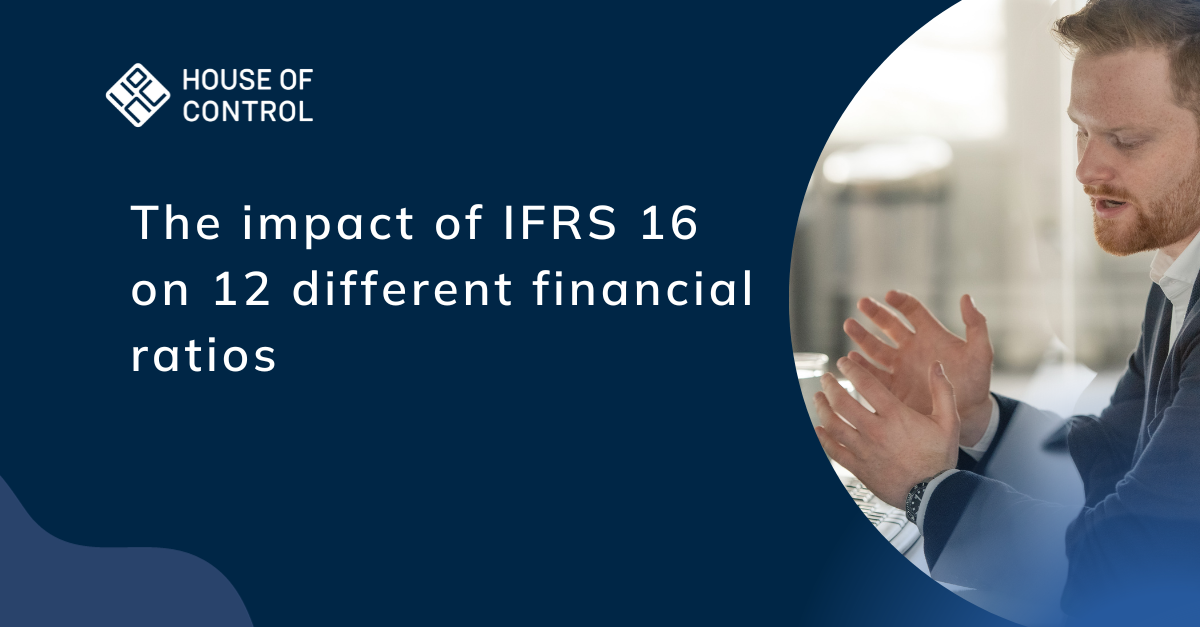IFRS 16 cheat sheet
IFRS 16 Cheat Sheet
IFRS 16 is an accounting standard that was issued by the International Financial Reporting Standards (IFRS) Foundation in January 2016. It is effective for annual periods beginning on or after January 1, 2019. IFRS 16 requires lessees to recognize a right-of-use asset and a lease liability for all leases with a term of more than 12 months. This is a significant change from previous accounting standards, which only required lessees to recognize a lease liability for finance leases.
The purpose of IFRS 16 is to provide a more transparent and consistent view of leasing arrangements. By requiring lessees to recognize a right-of-use asset and a lease liability, IFRS 16 provides users of financial statements with a better understanding of the nature and extent of a lessee's lease obligations.
Check out our IFRS 16 Guide as well.
Key Provisions of IFRS 16
The key provisions of IFRS 16 are as follows:
- Lease classification. Leases are classified as either finance leases or operating leases. A finance lease is a lease that transfers substantially all of the risks and rewards of ownership of the underlying asset to the lessee. An operating lease is a lease that is not a finance lease.
- Right-of-use asset. A right-of-use asset is an intangible asset that represents the lessee's right to use the underlying asset for the lease term. The right-of-use asset is measured at the present value of the lease payments, discounted at the lessee's incremental borrowing rate.
- Lease liability. A lease liability is a liability that represents the lessee's obligation to make lease payments. The lease liability is measured at the present value of the lease payments, discounted at the lessee's incremental borrowing rate.
- Amortization of right-of-use asset. The right-of-use asset is amortized over the lease term on a straight-line basis.
- Interest expense on lease liability. Interest expense on the lease liability is recognized over the lease term using the effective interest method.
- Termination of leases. If a lease is terminated before the end of the lease term, the lessee must recognize a loss on termination.
Lease Classification
The first step in accounting for a lease under IFRS 16 is to classify the lease. Leases are classified as either finance leases or operating leases.
- Finance leases are leases that transfer substantially all of the risks and rewards of ownership of the underlying asset to the lessee. This means that the lessee effectively owns the asset, even though it does not own it legally. Finance leases are accounted for as if the lessee had purchased the asset, with the lease payments being treated as both interest expense and depreciation expense.
- Operating leases are leases that do not transfer substantially all of the risks and rewards of ownership of the underlying asset to the lessee. This means that the lessor retains most of the risks and rewards of ownership. Operating leases are accounted for on a straight-line basis, with the lease payments being treated as rent expense.
Right-of-Use Asset
For finance leases, the lessee must recognize a right-of-use asset on its balance sheet. The right-of-use asset is an intangible asset that represents the lessee's right to use the underlying asset for the lease term. The right-of-use asset is measured at the present value of the lease payments, discounted at the lessee's incremental borrowing rate.
Lease Liability
For all leases, the lessee must recognize a lease liability on its balance sheet. The lease liability is a liability that represents the lessee's obligation to make lease payments. The lease liability is measured at the present value of the lease payments, discounted at the lessee's incremental borrowing rate.
Amortization of Right-of-Use Asset
The right-of-use asset is amortized over the lease term on a straight-line basis. This means that the lessee will recognize a depreciation expense each period equal to the cost of the right-of-use asset divided by the lease term.
Interest Expense on Lease Liability
Interest expense on the lease liability is recognized over the lease term using the effective interest method. This means that the lessee will recognize interest expense each period equal to the carrying amount of the lease liability multiplied by the lessee's incremental borrowing rate.
Termination of Leases
If a lease is terminated before the end of the lease term, the lessee must recognize a loss on termination. The loss on termination is calculated as the difference between the carrying amount of the lease liability and the present value of the remaining lease payments, discounted at the lessee's incremental borrowing rate.
Impact of IFRS 16
IFRS 16 has a significant impact on the financial statements of lessees. The following are some of the key impacts of IFRS 16:
- Increased assets. The recognition of a right-of-use asset increases the lessee's assets and total liabilities.
- Increased expenses. The recognition of interest expense on the lease liability and amortization of the right-of-use asset increases the lessee's expenses.
- Changed financial ratios. The changes in assets, liabilities, and expenses caused by IFRS 16 can have a significant impact on a lessee's financial ratios.
Transition to IFRS 16
Lessees are required to adopt IFRS 16 for annual periods beginning on or after January 1, 2019. However, early adoption is permitted. If a lessee adopts IFRS 16 early, it must apply the standard retrospectively.
Conclusion
IFRS 16 is a significant change to the accounting for leases. It is important for lessees to understand the key provisions of IFRS 16 and the impact that it will have on their financial statements.






